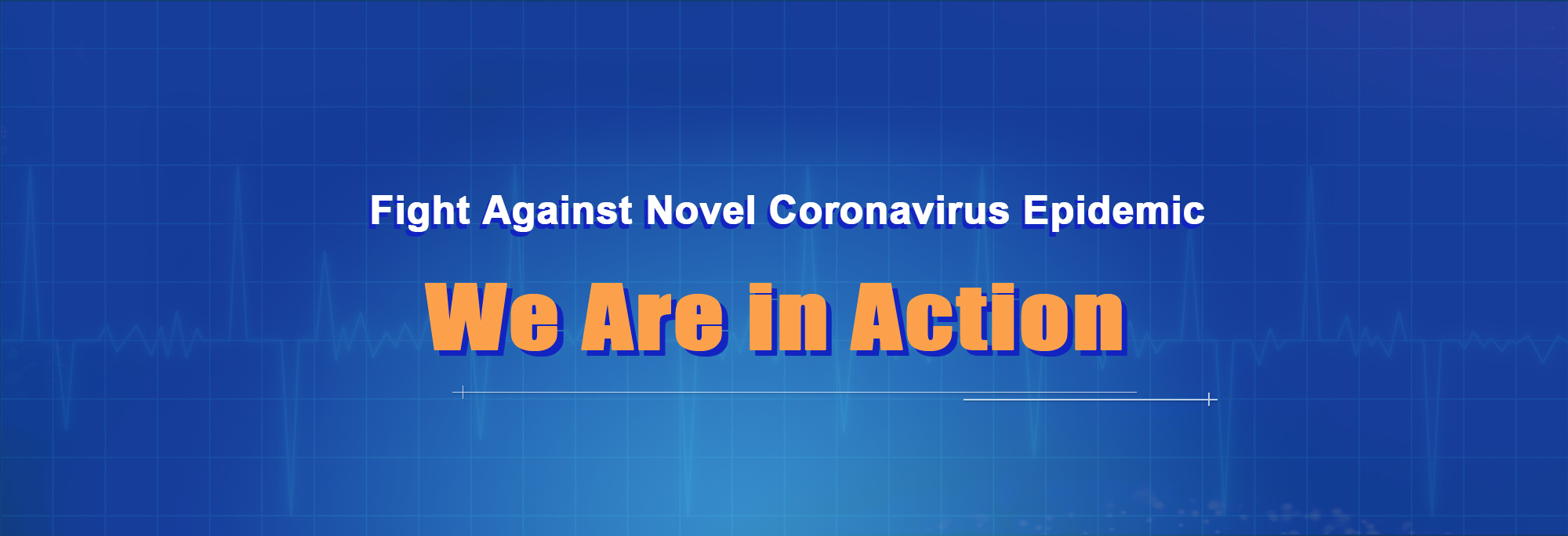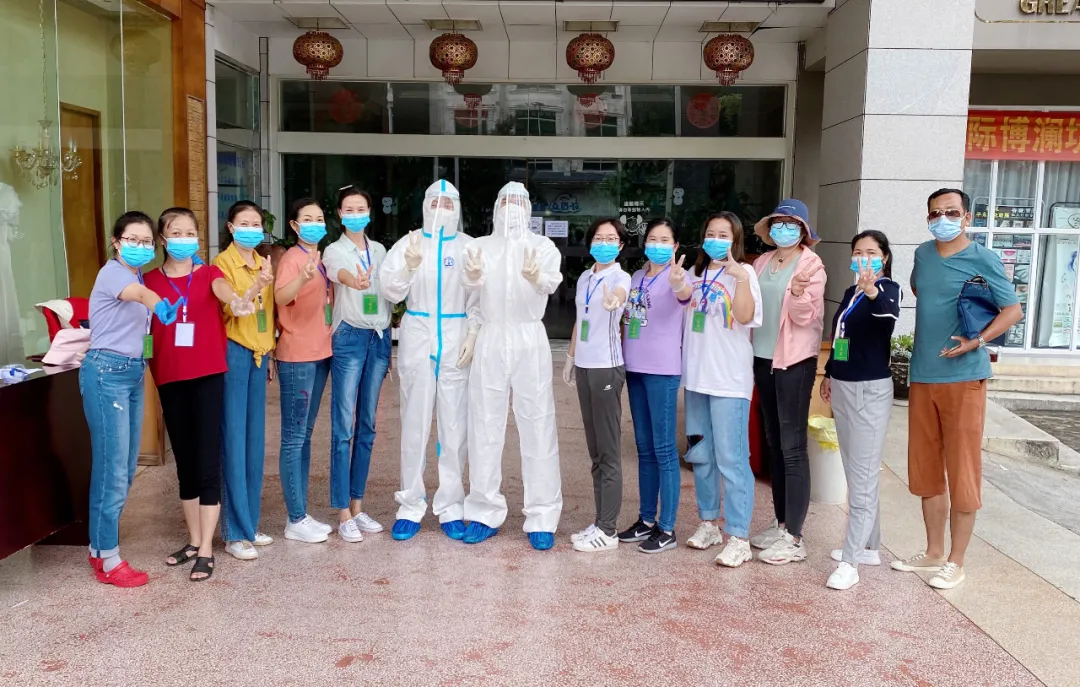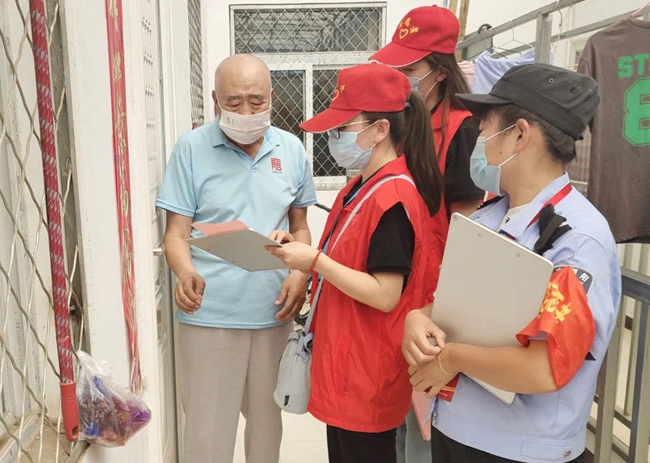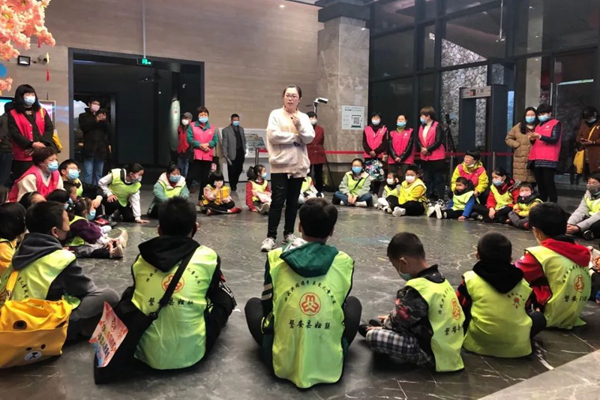
Woman Epidemiological Researchers Race Against the Clock on Front Line
Epidemiological surveys have played an important role in making efforts more effective and targeted in preventing and controlling the novel coronavirus disease (COVID-19).
"An epidemiological survey aims to find out how a COVID-19 patient became infected, who infected the patient and whether the patient has passed the virus onto other people. The surveys are vital for early detection of contacts of confirmed cases, early adoption of effective measures, cutoff of the sources of infection and the channels of transmission and the protection of people's health," said a staff member at the Center for Diseases Prevention and Control of Daxing District in Beijing.
The epidemiological researchers need to have close contact with confirmed COVID-19 patients and suspected cases when they conduct an investigation. Their work is at high risk of being infected and it is little known to the public how they fulfill their duties.
Here is a story of Wang Xiaoying, an epidemiological researcher in Daxing District of Beijing. One day she got a call reporting of a COVID patient. Within 10 minutes, she gathered her three teammates together, checked up on masks, protective suits, goggles, disinfectant, survey data, biological samples and other materials, and rushed to a patient's home in a village in Daxing District.
Before entering the room, Wang and her team members helped each other to wear protective equipment. Then, they learned about the basic information of the patient in detail, and made an in-depth survey focusing on the whereabouts and close contacts in the past two weeks.
"Every piece of evidence must be sorted out from a clutter of information, even if it takes a long time," Wang noted, adding that sometimes a survey takes three to four hours if the patient has difficulty in recalling.
The survey won't always be smooth. Wang said when she encounters patients who are unwilling to cooperate, she is required to be patient enough to communicate with them and help dispel their misgivings. Sometimes, she also needs to ease the anxiety of the patient's family members.
After they completed the two-hour work, Wang and her teammates must go through a range of disinfection processes to protect them from being infected.
At the end of the day, Wang returned to her office and made a statistical report that analyzed the epidemiological information and identified close contacts of the patient, submitting it in a timely manner.
"Every minute and every underlying case counts in the epidemiological survey. We are in a race against the clock," Wang said.
(Source: Chinanews.com/Translated and edited by Women of China)
- Women Workers and Volunteers Contribute to Citywide Nucleic Acid Test in Qingdao
 Ruili Women's Federation in Yunnan Joins Anti-COVID-19 Epidemic Battle
Ruili Women's Federation in Yunnan Joins Anti-COVID-19 Epidemic Battle Chaoyang Women's Federation in Beijing Makes All-Out Efforts in Fight Against Virus
Chaoyang Women's Federation in Beijing Makes All-Out Efforts in Fight Against Virus- Women's Federations in C China's Hubei Help Women's Enterprises Resume Work
- County Heads, Women's Federations' Presidents Promote Agricultural Products via Livestreaming Shows
 Medic's Stories About Anti-Virus Fight Inspire Left-Behind Children at Women's Federation's Activity
Medic's Stories About Anti-Virus Fight Inspire Left-Behind Children at Women's Federation's Activity

 京公网安备 11010102004314号
京公网安备 11010102004314号